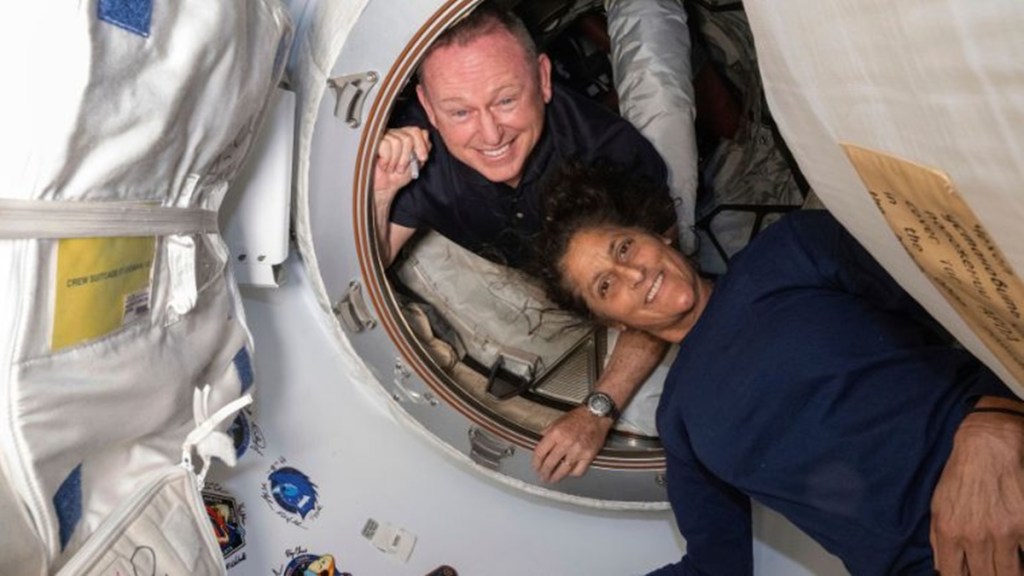As the world knows by now, the much-anticipated return of the Starliner spacecraft, carrying NASA astronauts Sunita Williams and Butch Wilmore from the International Space Station (ISS), has hit serious technical snags. Initially set for a June 26 departure following its successful launch on June 5, the Boeing-built spacecraft has encountered delays due to technical issues. Steve Stich, NASA’s Commercial Crew Program manager, addressed concerns on June 21, highlighting issues with “small helium system leaks and thruster performance” on the spacecraft. NASA emphasized adherence to their rigorous mission management protocols while resolving these challenges.
Reasons for Delay: Technical Hurdles Explored
Critical Mechanism Issues
Technical investigations revealed significant concerns in crucial spacecraft mechanisms necessary for safe navigation and operation. The Telegraph reported issues with a valve regulating oxidizer flow, vital for propulsion and trajectory adjustments during flight. Audible malfunctions detected pre-launch underscored the complexity of troubleshooting.
Helium Leak and Thruster Challenges
NASA’s proactive measures post-launch involved evaluating a minor helium leak within the spacecraft’s service module, linked to a faulty thruster control system. Helium’s critical role in pressurizing and maneuvering spacecraft further complicated mid-mission fixes, necessitating prolonged assessments and repairs.
Ongoing Challenges
Since liftoff, Starliner faced recurring helium leaks, malfunctioning thrusters, and a malfunctioning propellant valve, demanding extensive crew and managerial efforts to rectify issues, as reported by Reuters.
Future of Astronauts Williams and Wilmore
Despite the delay, astronauts Sunita Williams and Butch Wilmore remain aboard the ISS, where the spacecraft can dock for up to 45 days without immediate supply concerns. ISS provisions ensure operational continuity, minimizing risks for the crew.
Contingent upon safety evaluations, potential return options may involve SpaceX’s Dragon spacecraft, also docked at the ISS, ensuring flexibility in mission logistics and crew safety protocols, as per The Guardian.
Investigative Imperatives
NASA’s priority lies in comprehending technical anomalies before executing future missions. A BBC report highlighted inevitable service module losses during re-entry, limiting data acquisition on mission setbacks, underscoring the need for meticulous post-mission evaluations.
Boeing’s Starliner mission marks a pivotal moment in America’s private space sector, following SpaceX’s achievements in human spaceflight. SpaceX, led by Elon Musk, previously monopolized US manned space travel, making this Boeing venture a crucial step in diversifying space exploration partnerships.
Understanding the Starliner Crew Flight Test Spacecraft: Purpose and Capabilities
The CST-100 Starliner, described by Boeing, serves as a versatile space capsule for transporting individuals to and from low-Earth orbit (LEO). Positioned within 2,000 km of Earth, LEO facilitates efficient transportation, communication, observation, and resupply missions, essential for space exploration endeavors.


